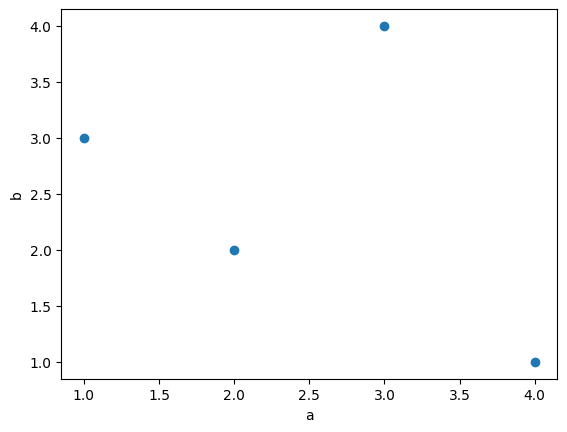Lists
Contents
Lists#
Constructing a list#
Let’s use an example from the lab you did in ENGR 111 to build a car with a mousetrap.
Consider collecting the data from different lengths of fishing wire to find the greatest distance you could get the car to travel.
# length of fishing wire in inches
fishingWireLength = [0.5, 2.5, 1.0, 2.2, 1.7, 1.4]
# distance traveled in feet
distanceTraveled = [0.3, 1.1, 0.8, 1.2, 1.3, 1.5]
Now, you have two lists. We’ll look at how you can use python to plot the data you collected in an activity.
We can use operations on lists and list methods to find the maximum distance traveled and the corresponding fishing wire length.
# find shortest distance traveled
shortestDistance = max(distanceTraveled)
# find the location in the list
indexShortestDistance = distanceTraveled.index(shortestDistance)
# determine the corresponding fishing wire length
worstFishingWireLength = fishingWireLength[indexShortestDistance]
List comprehensions#
Perhaps you got access to a new set of fishing wires that are 3 inches longer.
You want to design a similar experiment to find the distances the car would travel using these fishing wire instead of the shorter ones.
Constructing a list using list comprehension could help design lengths to try.
# make a new list with every element of the fishing wire length list increased by three inches
longerFishingWireLength = [(i + 3) for i in fishingWireLength]
Basic plotting#
Lists make it very easy to plot one variable against another.
Make sure you have imported the matplotlib package then apply the plot method.
import matplotlib.pyplot as plt
# make lists
a = [4, 3, 2, 1]
b = [1, 4, 2, 3]
# make a scatter plot of b against a with circle markers
plt.plot(a, b, "o")
# label x- and y-axes
plt.xlabel("a")
plt.ylabel("b")
Text(0, 0.5, 'b')




